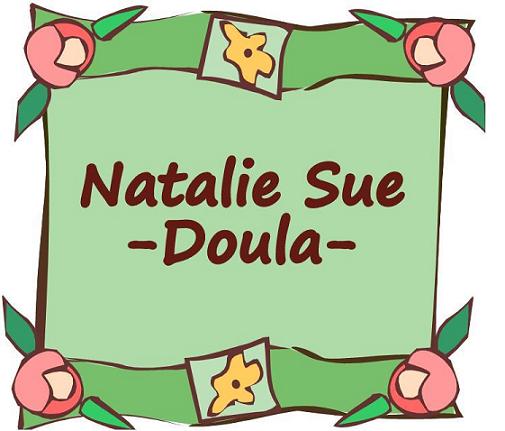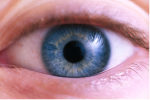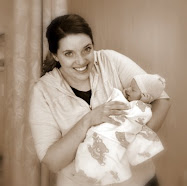Ladd and Natalie’s Birth Preferences
Thank you for participating and assisting in this
exciting event. We are thrilled to have a third child join our family and have
greatly anticipated and prepared for this day.
I wanted to make a list of my labor and birth
preferences, so that you can get to know me and the style that I desire to
labor and birth my baby today.
I will be using a program called “Hypnobabies” which
uses self hypnosis to relax me and keep me focused. My room will have music, relaxation
tracks, and the aroma of essential oils. I have also brought along my family to
support me through this major event. Here are a few things that are important to
me.
Monitoring: I would like to
have intermittent monitoring, with the possibility of being in different
positions while I’m monitored. As long as external monitoring is sufficient,
this is all I prefer.
Hydration: I do not want to
be on a continuous IV. I will keep hydrated with clear fluids. A saline-lock is
negotiable
Pain Relief: My goal is to have a low-intervention birth. I do not wish
to have an epidural or other pain relievers. My birth team will help me by
providing other comfort measures. Please do not offer me any medication. I know
it is there and will request it if I need to. I’d prefer to not use
drugs/pitocin to stimulate my labor.
Pushing: Since I will be
going epidural-free, I would like to push when I feel the urge. If I need help,
I will ask for coaching, but otherwise, I’d like to push on my own at my own
time. Obviously my midwife can help and make suggestions as needed. I may also
change positions while pushing to find ways that are most comfortable. I do not
want an episiotomy. I appreciate hands helping to hold my baby and guide him,
but my previous babies have slid out quite quickly, so I feel that my baby will
not need to be assisted out.
Emergency: If any emergency
arises, I want my husband to be with me at all times. I will also choose to
have an epidural/spinal block, and not general anesthesia. I would like my
husband to be able to take photos and videos of the birth. I want my baby on my
chest as soon as possible, even if I’ve had a cesarean. My baby is to remain
with me as long as there are no complications. Baby can stay on my skin as we
recover, or in the room with me and my husband.
Baby Care:
· -Please allow the cord to stop pulsating before
it is clamped.
· -When the time comes, my husband will be willing
to cut the cord.
· - Please allow me to birth my placenta on my own
and on my own time. Please do not pull the cord.
· - I’d like my baby to be put immediately on my
chest after birth.
· - Please take vitals and check APGAR while baby is
on my chest
· - No
shots. No vitamin K nor Hep b shots. Vitamin K can be re-evaluated if
baby had a traumatic birth.
· -No eye ointment, please
· -Baby is to stay in my arms if there are no
complications.
· -I have brought my own towels and blankets for my
baby, and would like to dry him off myself.
· -I want to start breastfeeding as soon as
possible. Weighing and footprints can be taken later.
· -Baby will be rooming in with me.
· -No pacifiers or bottles of any kind.
· - If my baby needs assistance in other ways, such
as precautions taken for the occurrence of meconium, as soon as baby is
suctioned and stable, I want him naked, on my chest. No other procedures,
before I get to hold him.
If there are any questions or anything that needs to be
discussed with me, please let me know. Again, thank you for the great job that
you do and for being here with us at this special time.
Ladd and Natalie

 One of the many healing properties attributed to breast milk is the ability to cure eye infections such as ‘pink eye’ –
One of the many healing properties attributed to breast milk is the ability to cure eye infections such as ‘pink eye’ – 
